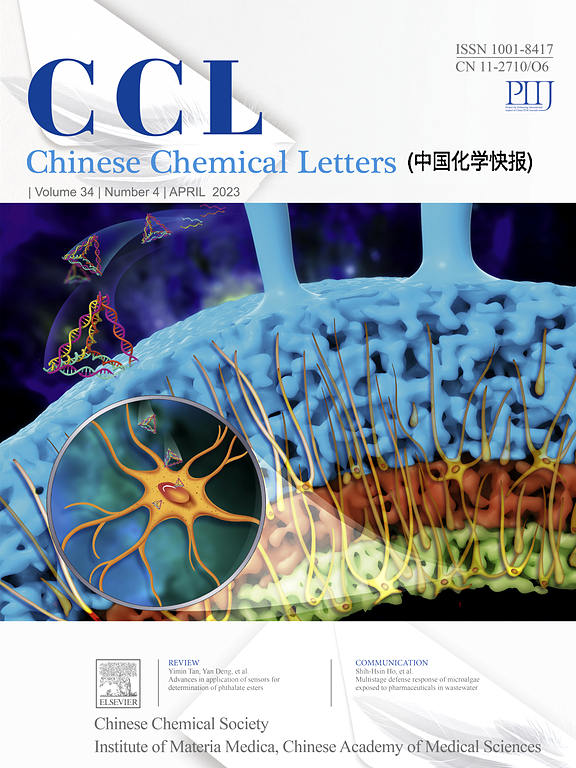Design strategies of Si-based anode for solid-state batteries
IF 8.9
1区 化学
Q1 CHEMISTRY, MULTIDISCIPLINARY
引用次数: 0
Abstract
Solid-state lithium-ion batteries (SSLIBs) offer significant advantages over traditional liquid-electrolyte-based batteries, including improved safety, higher energy density, and better thermal stability. Among various anode materials, silicon (Si)-based anodes have attracted significant attention due to their ultrahigh theoretical capacity (∼4200 mAh/g) and abundant resources. However, widespread adoption of Si-based anodes in SSLIBs is still restricted by some critical challenges such as severe volume expansion, low electronic and ionic conductivity, high interfacial impedance, and low initial Coulombic efficiency (ICE). This review mainly focuses on the design strategies of Si-based anode for SSLIBs at the material, electrode and cell levels including nanostructuring, Si alloys, Si-carbon composites, conductive additives, advanced binder, external pressure, electrolyte infiltration, and prelithiation. The insights provided here aim to inspire future research and accelerate commercialization of high-performance Si-based anodes in next-generation SSLIBs.

固态电池硅基阳极的设计策略
与传统的液体电解质电池相比,固态锂离子电池(sslib)具有显著的优势,包括更高的安全性、更高的能量密度和更好的热稳定性。在各种负极材料中,硅基负极因其超高的理论容量(~ 4200 mAh/g)和丰富的资源而备受关注。然而,硅基阳极在sslib中的广泛应用仍然受到一些关键挑战的限制,如严重的体积膨胀、低电子和离子电导率、高界面阻抗和低初始库仑效率(ICE)。本文主要从材料、电极和电池层面对sslib硅基阳极的设计策略进行了综述,包括纳米结构、硅合金、硅碳复合材料、导电添加剂、高级粘结剂、外部压力、电解质渗透和预锂化。本文提供的见解旨在启发未来的研究,并加速下一代sslib中高性能硅基阳极的商业化。
本文章由计算机程序翻译,如有差异,请以英文原文为准。
求助全文
约1分钟内获得全文
求助全文
来源期刊

Chinese Chemical Letters
化学-化学综合
CiteScore
14.10
自引率
15.40%
发文量
8969
审稿时长
1.6 months
期刊介绍:
Chinese Chemical Letters (CCL) (ISSN 1001-8417) was founded in July 1990. The journal publishes preliminary accounts in the whole field of chemistry, including inorganic chemistry, organic chemistry, analytical chemistry, physical chemistry, polymer chemistry, applied chemistry, etc.Chinese Chemical Letters does not accept articles previously published or scheduled to be published. To verify originality, your article may be checked by the originality detection service CrossCheck.
 求助内容:
求助内容: 应助结果提醒方式:
应助结果提醒方式:


